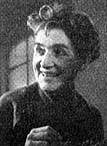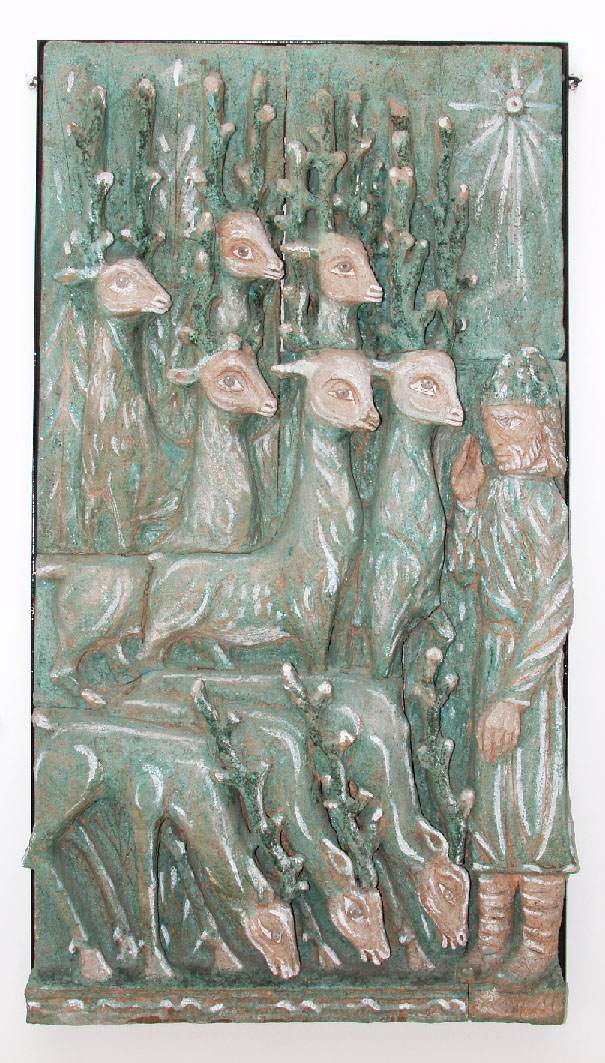Margit Kovács
(1902, Győr - 1977, Budapest)
 Her
artistic career began in the early thirties with modelled, terracotta
figurines, relieves and wheeled ornamental pieces that were followed by
ornamental pieces of more individualistic tone that assimilated more
conventionalised wall-pictures with folkloristic effects from the second
half of the thirties. She simplified the small figures to the form of the
cone, while she started to render a column-like shape to larger figures.
Her
artistic career began in the early thirties with modelled, terracotta
figurines, relieves and wheeled ornamental pieces that were followed by
ornamental pieces of more individualistic tone that assimilated more
conventionalised wall-pictures with folkloristic effects from the second
half of the thirties. She simplified the small figures to the form of the
cone, while she started to render a column-like shape to larger figures.
In the fifties the increase of folkloristic inspiration can be observed
in her ceramic pieces that approached the world of the rustic and rural
through variegated genre themes. In addition to epical story-telling
relieves and wall pictures of 'tableau vivant' nature she also started
to make realistic statuettes and large figures made on the potter's
wheel with great virtuosity. She change her preferred material,
terracotta to chamotte in the sixties and seventies and relying on more
expressive modelling and massive shaping she drew from myths, tales and
legends in her search for new themes. The extremely rich oeuvre of
Margit Kovács and her art that radiates intimate humanity,
represents a unique voice in our contemporary ceramic art.
Links:
Margit Kovács and her works in Fine Arts in Hungary
Margit Kovács Ceramics Collection in Szentendre
Kovacs Margit Museum at TripAdviser
Szentendre in Wikipedia

Cantata profana
by Margit Kovács
HUNGART©